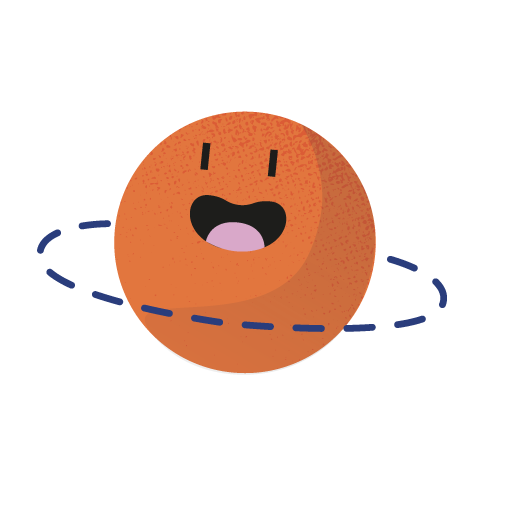TRACCIA AUDIO CHEMISTRY BAR
CHEMISTRY BAR
When one speaks of chemistry, the first things that come to mind are explosions and chemical reactions. Chemical reactions are irreversible transformations, during which new substances are formed that are completely different from the initial ones. In the course of the exhibition, we saw that chemical reactions obey very precise laws, starting with Antoine-Laurent de Lavoisier’s law in which the mass of reactants (the ingredients at the beginning) and products (the ingredients at the end) is always the same. A chemist is a precise measurer who, with the help of special glassware made of flasks, beakers, funnels, graduated cylinders and test tubes, can produce amazing reactions.
In our bodies, thousands of different reactions take place every second. Chemists try to control all aspects of reactions, including speed, which they modify through catalysts, substances that even in small quantities change the speed of the chemical reaction without being consumed during the reaction itself. Synthesis reactions are those reactions in which a single product is formed from two or more reactants and allow chemists to obtain substances found in nature and many new ones in the laboratory. But there are still many unsolved problems, including the reactions that, at the origin of life on Earth, transformed inert substances, i.e. elements that show little or no tendency to react, into a living organism.
Combustion reactions were the first to be studied by chemists, but many others develop before our eyes every day and at all times, without us realizing it. The cooking of a steak corresponds to a complex set of reactions, while the digestion and growth of the human body are the results of thousands of different reactions that take place within the body, as in that of all living beings. It is therefore not only curiosity and scientific interest that drive mankind to know what a chemical reaction is, but the fact that we are surrounded, at every moment of our lives, by reactions.
Often the result of a reaction is surprising, in the sense that the properties of the substances resulting from it have nothing to do with those of the starting substances. Take the case of table salt, a common ingredient in all households. Its chemical formula is NaCl; chemists indicate the formation of table salt with this chemical equation:
2 Na + Cl2 → 2 NaCl
That is, two sodium atoms (Na) react with one chlorine molecule (Cl2, consisting of two chlorine atoms) to give two units of sodium chloride (NaCl).
If we took sodium (Na) on its own, its characteristics would be very different from when it is combined with chlorine (Cl). Primo Levi in his book ‘Periodic System’ describes sodium as follows: ‘Sodium is a degenerate metal: it is indeed a metal only in the chemical meaning of the word, certainly not in that of everyday language. It is neither rigid nor elastic; on the contrary, it is as soft as wax; it is not shiny, or rather, it is only shiny if stored with maniacal care, since otherwise, it reacts with the air in a matter of moments, covering itself with an ugly, rough rind: with even greater rapidity, it reacts with the water in which it floats (a metal that floats?), dancing frantically and unwinding hydrogen”.
Sodium in contact with water releases hydrogen (a matter, chemists say, of oxidation-
reduction potential) and explosions occur because of this.
Taking advantage of this property, chemistry students at Glasgow University wanted to play a prank on their professor. Motivated by an urgent need to empty his bladder, the professor used to go to the third-floor balcony and use the gutter to avoid going down to the first floor and using the toilet in his private office. The students, learning of his secret, introduced a few small pieces of sodium into the unusual sanitary vessel… imagine the thunderous results upon emptying, which the witty professor did not fail to appreciate.
In some ways similar to the chemist’s job is that of the bartender, a modern cocktail alchemist, who also creates delicate balances between all the ingredients, alcoholic and non-alcoholic, carefully selected to create drinks that taste completely different from the start.
In this room, we wanted to represent the chemistry lab as a bar, where you can ask the barman (the chemist) for a reaction to be made on the fly, for you, at the counter.
Grab a menu or get advice, dive into the heart of chemistry with Chemistry Bar reactions!
WARNING! Compared to normal bars, nothing here is edible!



Stay In Touch